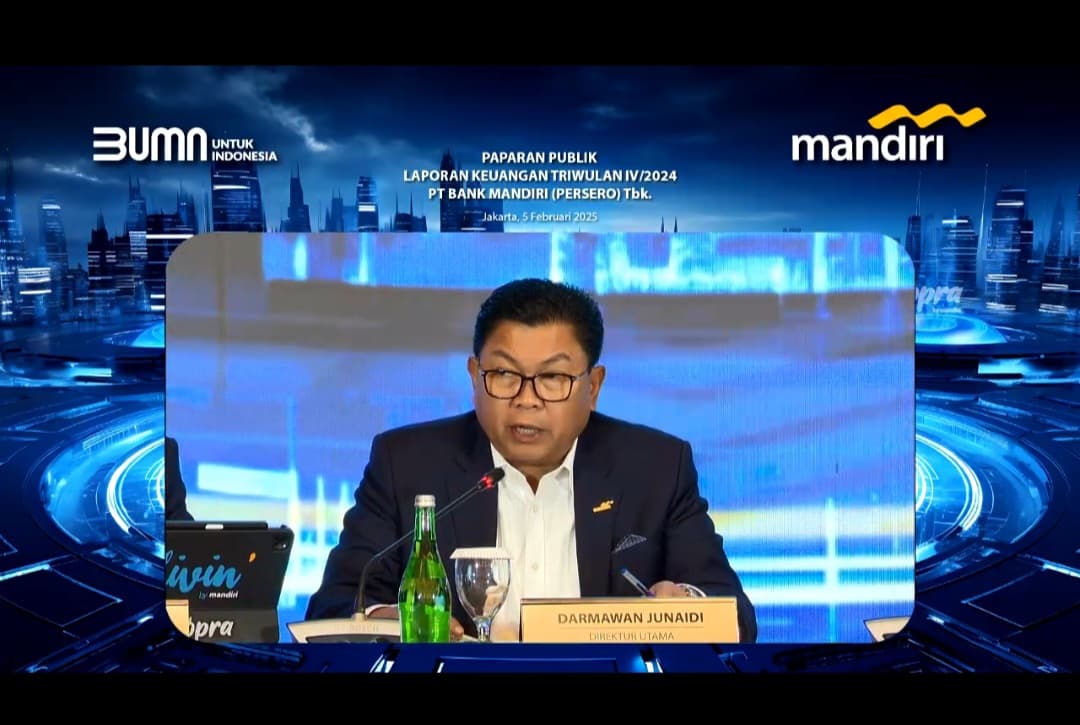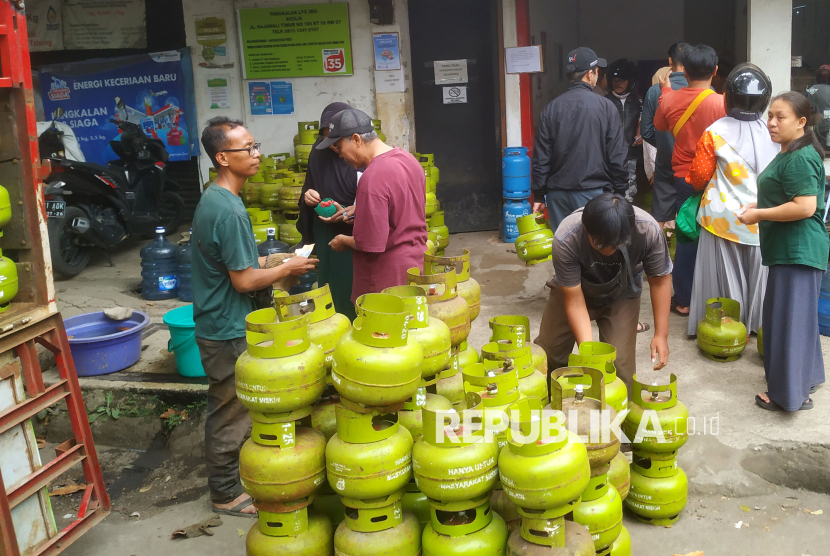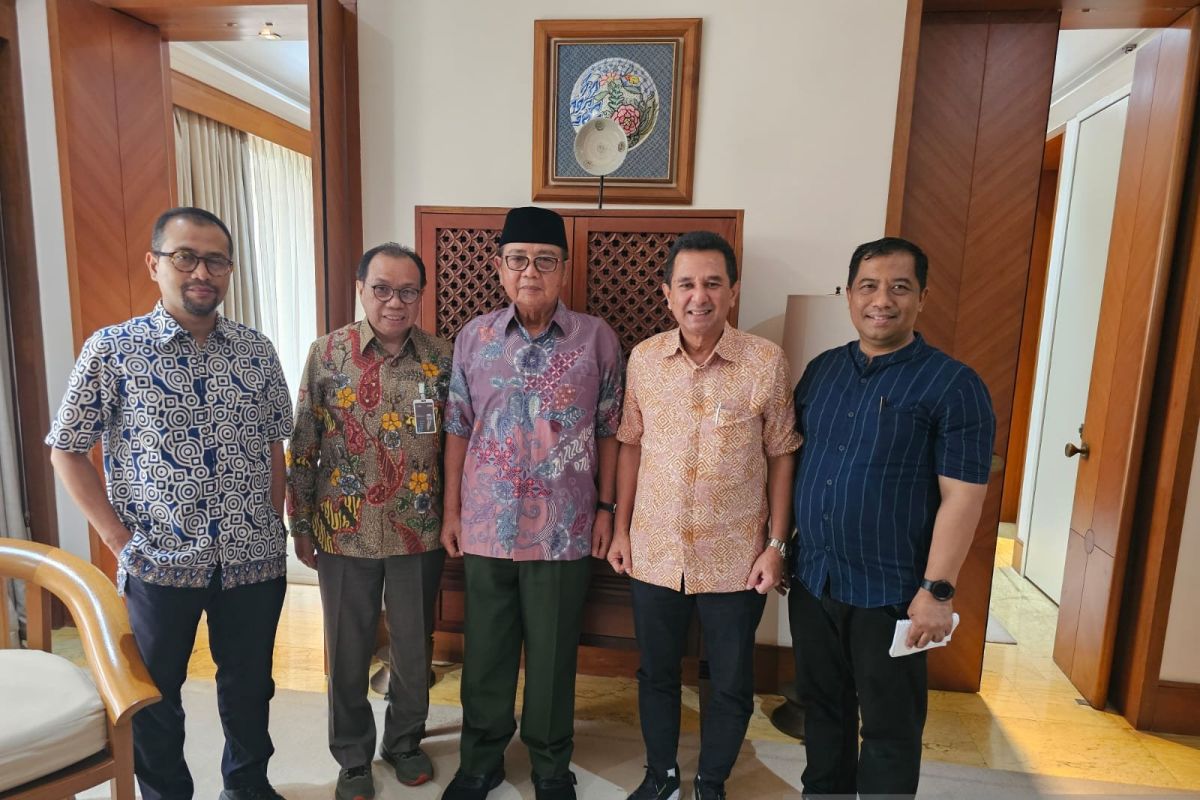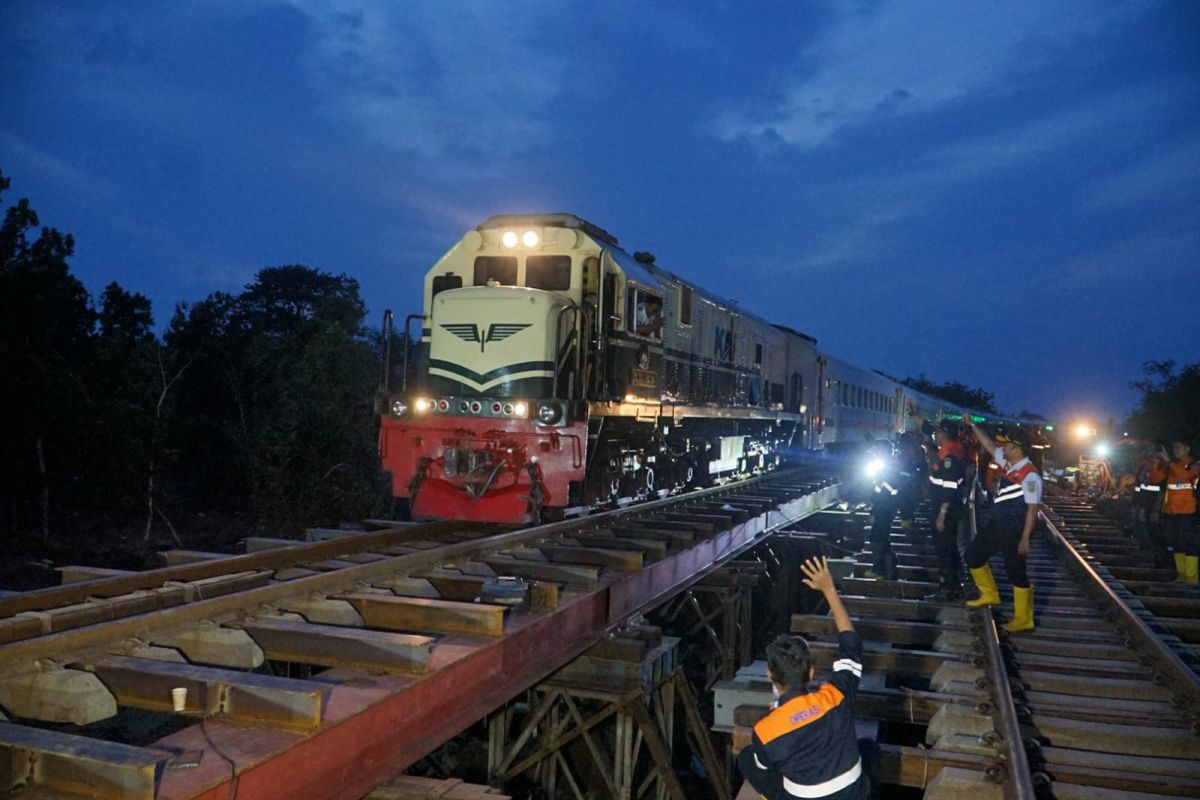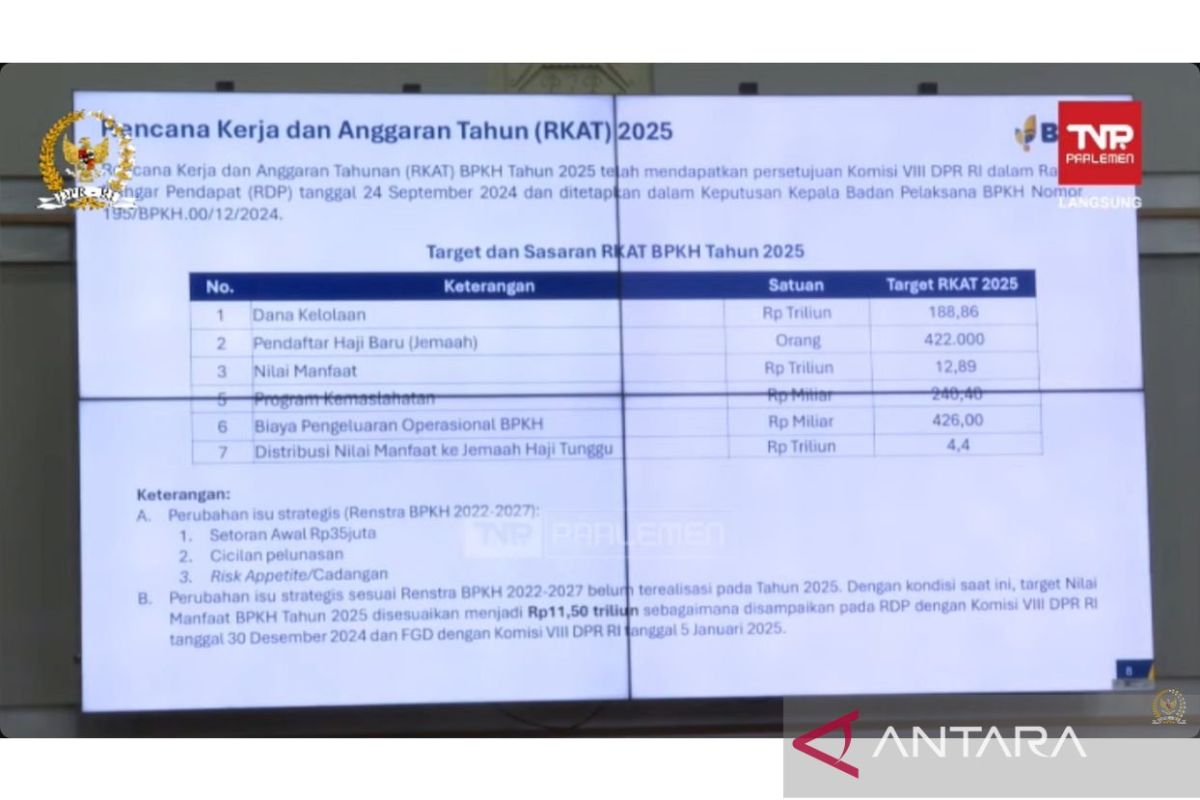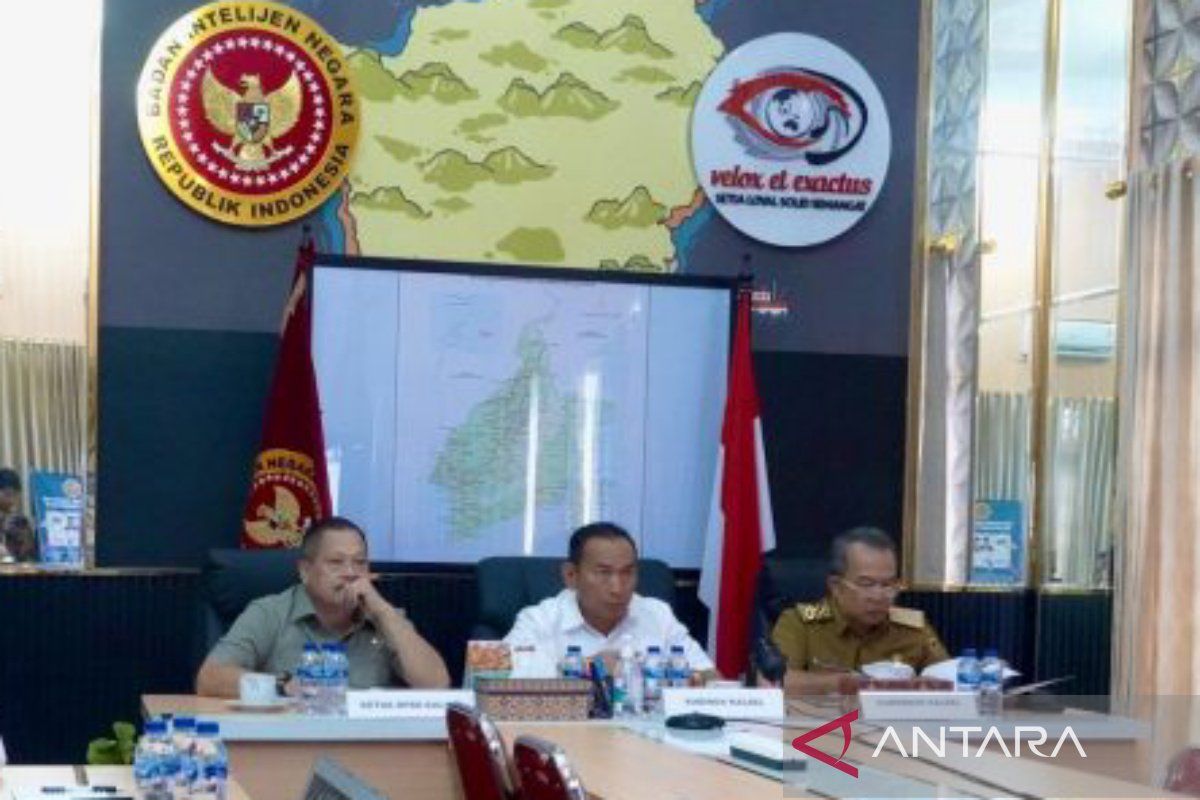BMKG Warns of Increased Extreme Rainfall Across Indonesia in Next 7 Days
The BMKG noted that extreme rainfall weather for the coming week is influenced by five factors.

TEMPO.CO, Jakarta - The Meteorology, Climatology, and Geophysics Agency () has issued an early warning of potential increased extreme rainfall across Indonesia over the next seven days. This is based on several atmospheric factors, including tropical cyclones and cyclone seeds.
"Some atmospheric dynamic phenomena that trigger this condition include Tropical Cyclone Taliah, Tropical Cyclone Seed 92W, Asian Monsoon, Cold Surge, and Rossby and Kelvin Equatorial Waves," the BMKG stated on its official Instagram account, @infobmkg, on Thursday, February 6, 2025.
According to the BMKG's analysis, Tropical Cyclone Taliah is currently located in the southern Indian Ocean near Banten and is expected to remain active for the next 72 hours. It is generating maximum wind speeds of around 50 knots with a minimum pressure of 982 hectopascals (hPa). However, its trajectory is westward and southwestward, moving away from Indonesian territory.
Tropical Cyclone Seed 92W is currently situated in the western Pacific Ocean north of Papua. It exhibits maximum wind speeds of approximately 15 knots and a minimum pressure of 1003.6 hPa. "Tropical Cyclone Seed 92W is expected to become a low-category tropical cyclone within the next 24 to 27 hours," the BMKG stated.
The Asian Monsoon is another contributing factor to the increased potential for extreme rainfall. This wind pattern carries cold air masses from Siberia across Indonesia, increasing cloud formation and the likelihood of precipitation.
The cold surge further intensifies the Asian Monsoon, strengthening its impact and contributing to cloud formation and increased rainfall intensity.
Finally, the Rossby and Kelvin Equatorial Waves are also present and "are predicted to remain active for the next week," according to the BMKG.
The BMKG warns that moderate to heavy rain is likely in several regions of Indonesia. These conditions could lead to hydrometeorological disasters such as floods and landslides.
Areas with the potential for moderate to heavy rain accompanied by strong winds and thunderstorms include Banten, Jakarta, West Java, Central Java, East Java, and potentially West Nusa Tenggara, East Nusa Tenggara, Central Sulawesi, West Sulawesi, South Sulawesi, Maluku, North Maluku, and the Papua Highlands, as well as the southern coastal areas from Banten to East Java.
Maritime areas are also at risk for high waves of 1.25 to 6 meters in several locations. These areas include the western Indian Ocean from Aceh to Bengkulu, the southern Indian Ocean from Central Java to southern East Nusa Tenggara, the North Natuna Sea, the Maluku Sea, and the Arafura Sea.
Areas with the potential for very high waves include the southwestern Indian Ocean from Lampung to southern West Java.
Editor’s Choice:
to get the latest news updates from Tempo on Google News


